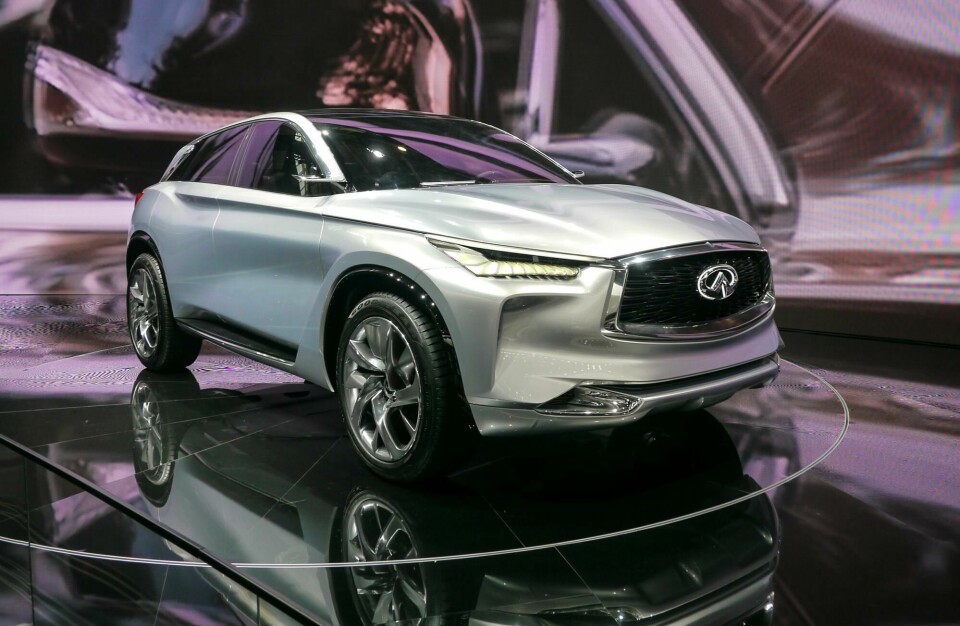
Beijing 2016: Infiniti QX Sport Vision is a (design) language lesson
Consistency is key to the recent run of concepts, as seen as the Beijing 2016 Show
Infiniti is an interesting case study for Chinese companies who are in the process of creating a consistent design language. This QX Vision is the latest in a line of very well executed, consistent Infiniti concept cars showing a clear lineage and relationship to one another, yet without resorting to the Russian doll effect.

Any company looking to build a brand effectively from scratch needs a consistent, distinct and recognisable face, a clearly defined approach to surface language, strong graphics and a few design ’signatures’ to call its own, which speak of the car being of a particular brand. Infiniti has now established these and is consistently applying them to its production cars and slowly developing them further on its concepts.

The QX Sport Vision is one of its most impressive yet — a very assured, wide-stance SUV with a reptilian stare, a sharp undercut shoulder and a reverse C-pillar design that we’ve come to recognise as uniquely Infiniti. The Vision tones down some of Infiniti’s more expressive recent surface language and is the better for it; there’s a restrained maturity here which feels appropriate for this kind of SUV.
The surface treatment around the front wheel arch, which breaks away behind the wheel but then continues in one surface down and along the rocker, is new and unique but beyond that there’s little to really get over-excited about. Disappointments? The loss of the extreme proportions, and wildly distinctive style which made the original FX so arresting and trend setting when it first arrived back on the seen in the early 2000s.

Inside, the QX Sport picks up the architecture and HMI approach first seen on Paris 2014’s Vision Q80 but turns the colour and trim strategy up a notch or three — we were particularly intrigued by the slashed-effect on the doors cards, which felt new and fresh when combined with the diamond scored black leather.

Now what Infiniti needs is a clear, distinctive brand identity that gives some genuine reason for a customer to be interested in the brand on its own clear merit, rather than as an alternative to the established German and Japanese competition. That, as Infiniti and many brands before it have found out, is the really difficult thing to create from scratch.



